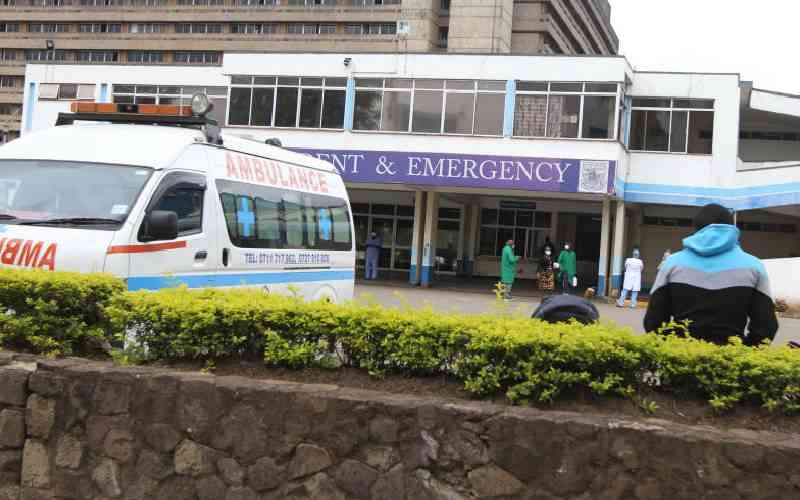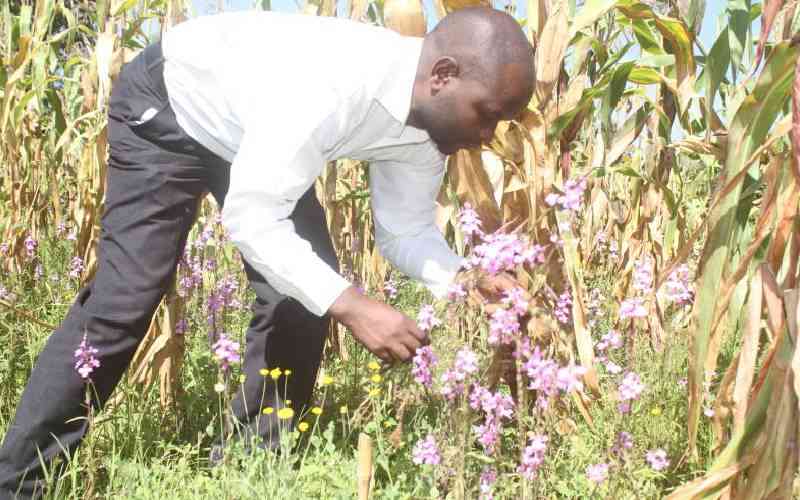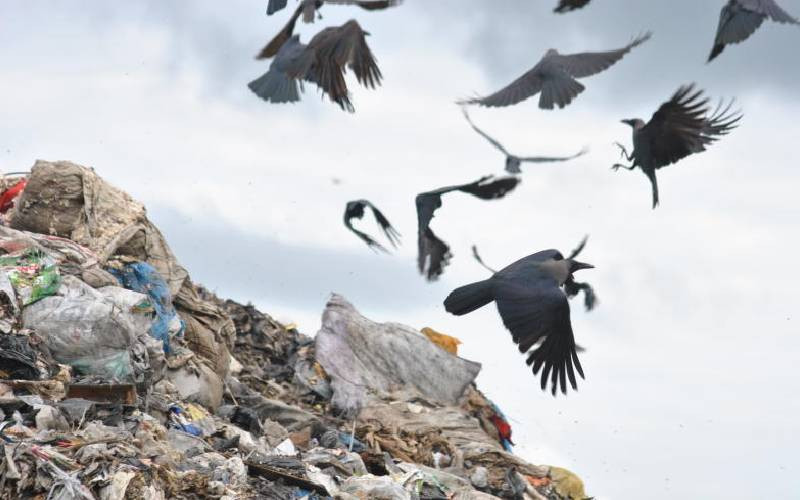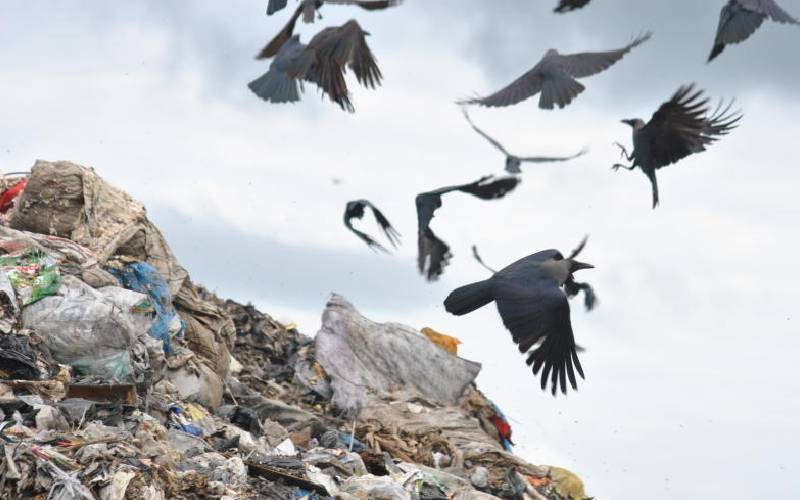A recent announcement by a warehousing firm of plans to spend more than Sh7 billion in storage facilities points to the symbiotic future of the agriculture and construction sectors.
Graded as category A, the facility on six acres of land is touted as the most advanced and efficient in the region. The choice of location of the project is telling. At only 20km from Nairobi’s CBD, it is nestled on a 5,000-acre prime land whose coffee bushes are giving way to a city with housing, schools and a logistics complex with more than 50 local and international firms.
Access to agriculture produce is especially critical to cold storage investors. As Cold Solutions Kenya Ltd rightfully pointed out in its announcement, close to 60 per cent of fruits and vegetables produced in Kenya are lost post-harvest. A huge chunk of this loss could be avoided by temperature-regulated transportation and storage. For a country struggling with food deficiency and weak horticulture sales, such losses are untenable.
Population explosion and growing urbanisation will pile more pressure on available land. Inevitably, more arable land near cities and major towns will give way to housing and construction of amenities supportive of human settlements. The corollary of this is that shrinking land space must produce more to feed more mouths.
A more urgent solution is to simply stem post-harvest losses. Our predominantly rain-fed agriculture means that, as a country, we are highly exposed to vagaries of the seasons.
Food security is a Big Four agenda. It makes sense for a country to prioritise feeding its own preferably from within its borders. Besides the undesirable capital flight in imports, the raging coronavirus pandemic is offering vital lessons on the value of self-reliance especially on essentials like food. But a country whose significant portion of its food is lost to poor storage and mishandling pokes big holes in its food basket and aggravates the same insecurities it aspires to cure.
Closely linked to food security is the other Big Four agenda pillar: manufacturing. As an agriculture-driven economy, logic suggests this sector will be the launchpad for the manufacturing agenda take-off. Abundance necessitates and encourages preservation and value-addition. The entry of bigger players such as Cold Solutions and other local and international players suggests the game is rising to a level beyond the primordial.
For players in the construction industry, the growing demand for warehouse services for the agriculture sector presents attractive investment opportunities. There are many pointers to a growing appetite for agribusiness. Indeed, with many ‘formal’ and ‘traditional’ jobs and businesses devastated by the pandemic, agriculture and related activities as a profitable venture is gaining more converts. People will, after all, eat with or without a pandemic. There is a ready market for those daring to offer more than the ordinary.
Location of such facilities is a critical weight in the convenience and profitability scales. This is especially true for warehouses eyeing exports. Cold Solutions, for example, says its new investment targets ‘industrial scale services’ throughout East Africa. It intends to complement its primarily food warehousing services with long-distance haulage. This easily explains its choice of of the site for this particular investment.
Several logistic companies have moved their hubs out of Nairobi to run away from endemic traffic and to take advantage of growth space. If most of the cargo is flighted by air, it makes sense to set up close to an airport. If entry or exit is mostly by sea and the SGR, warehouses will move to areas with easy access to cargo terminals.
- The author is the managing director, Maven Design and Build Ltd. [email protected]
 The Standard Group Plc is a
multi-media organization with investments in media platforms spanning newspaper
print operations, television, radio broadcasting, digital and online services. The
Standard Group is recognized as a leading multi-media house in Kenya with a key
influence in matters of national and international interest.
The Standard Group Plc is a
multi-media organization with investments in media platforms spanning newspaper
print operations, television, radio broadcasting, digital and online services. The
Standard Group is recognized as a leading multi-media house in Kenya with a key
influence in matters of national and international interest.
 The Standard Group Plc is a
multi-media organization with investments in media platforms spanning newspaper
print operations, television, radio broadcasting, digital and online services. The
Standard Group is recognized as a leading multi-media house in Kenya with a key
influence in matters of national and international interest.
The Standard Group Plc is a
multi-media organization with investments in media platforms spanning newspaper
print operations, television, radio broadcasting, digital and online services. The
Standard Group is recognized as a leading multi-media house in Kenya with a key
influence in matters of national and international interest.









